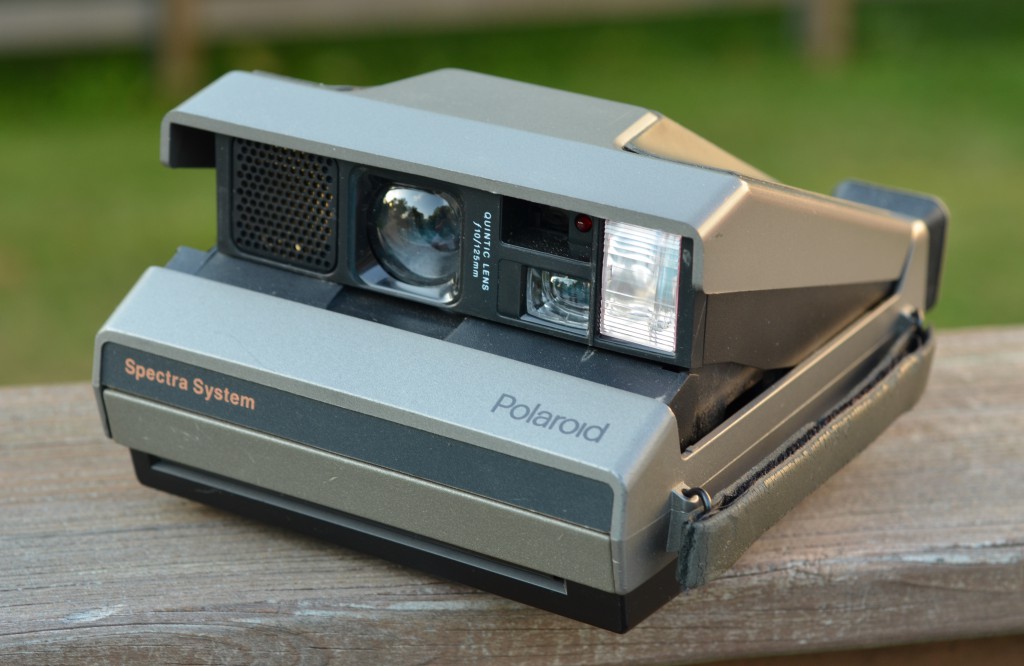

Spectra film is also known as 1200 or Image film in some markets, and there are high definition and grid-marked versions available, as with 600 film.Īll Spectra models except the Macro SLRs and the ProCam feature 125mm lenses, giving a field of view equivalent to 46mm on a 35mm film camera.Įxamples of control differences Spectra Onyx After 10 shots, the camera went into EOP (end of pack) mode. Spectra film came with 10 shots per pack. The Spectra/Image series also has many optional accessories, such as close-up lenses, special effects filters and a "law enforcement" kit. Over time, Polaroid has introduced many variants of the Spectra, but most include a 'Quintic' 125mm f/10 3-element plastic lens, self-timer, automatic exposure, and sonar autofocus in many cases the addition or removal of user controls is the only distinguishing characteristic between models (eg the Spectra 2 has only exposure adjustment Spectra 'E' only has AF, flash and lighten/darken controls and the original Spectra has these plus LCD display, self-timer and volume controls). Spectra cameras are thought to take better pictures than a conventional 600 Polaroid camera. The distance between the inner lens elements.

The Spectra camera series also has lenses on average better than the 600-film range Most models use arc-shaped focusing lenses that rotate along the outer lens element to provide accurate focus rather than focusing correctly on the body.

#Polaroid spectra system 600 iso#
The Spectra film is otherwise the same as 600 films - the ISO speed, the development method and the process remain the same. The Spectra film (called 'Image' outside North America) differs from 600 integral films in that it has a different image format: the 600 film is a square, while the Spectra film is a rectangular 9.2 x 7.3 cm dimension. It was a completely new camera line, and there was a corresponding new film. Polaroid introduced the Spectra camera system in 1986.


 0 kommentar(er)
0 kommentar(er)
